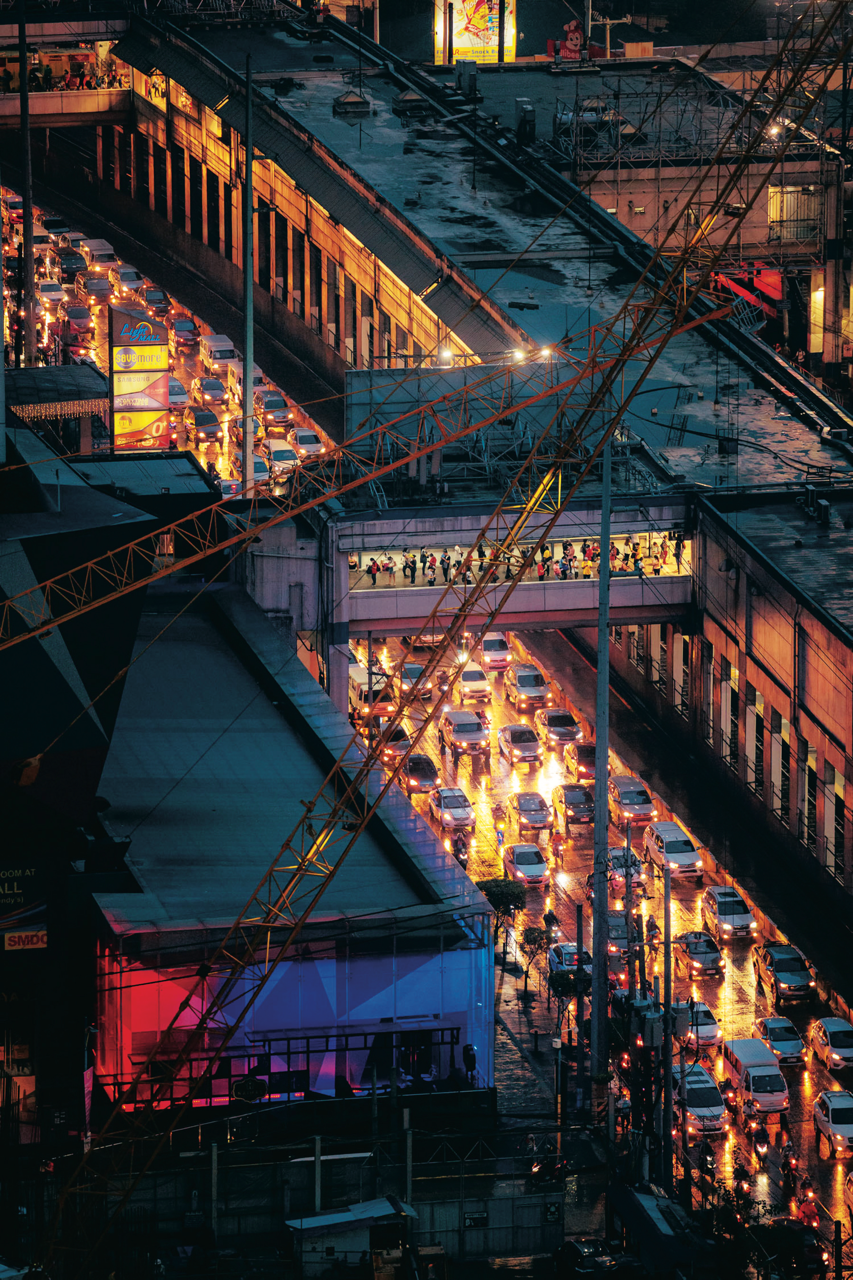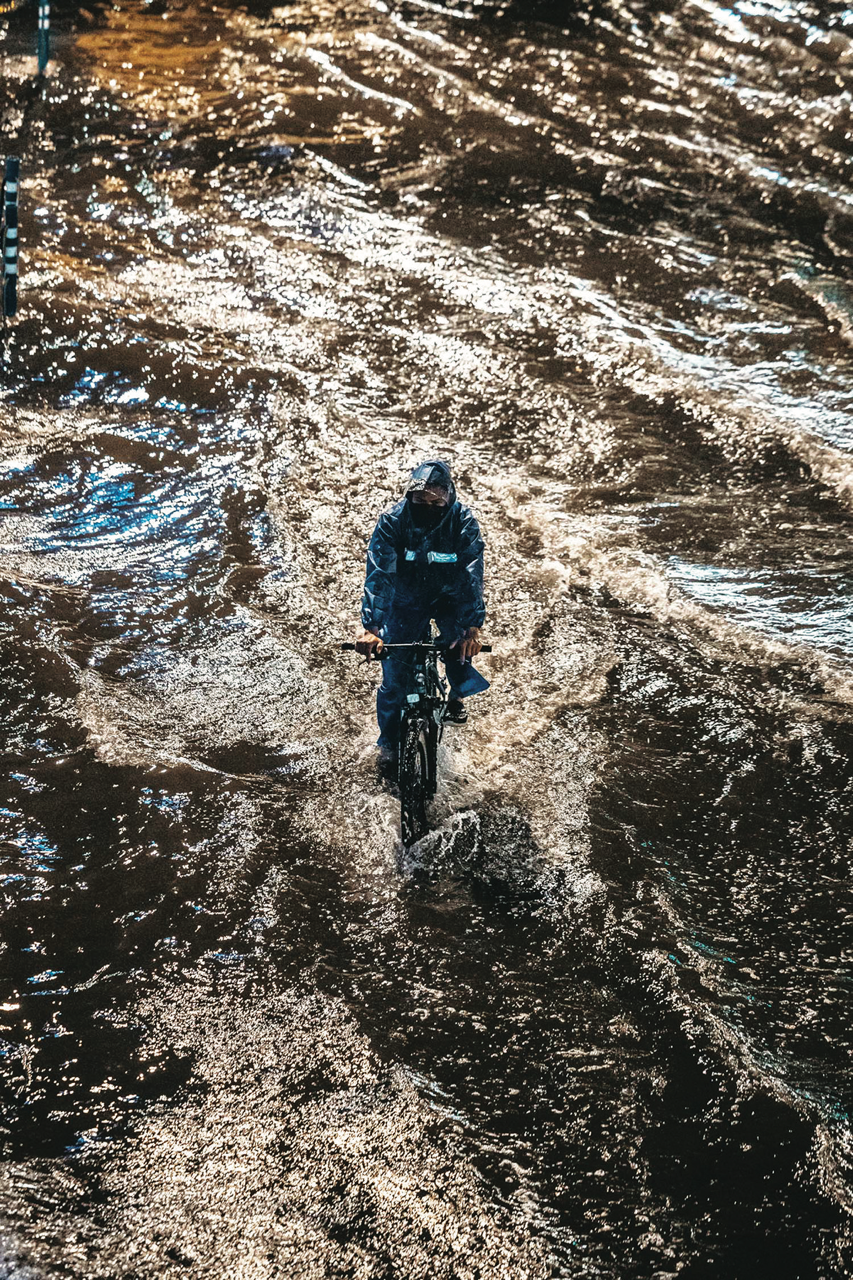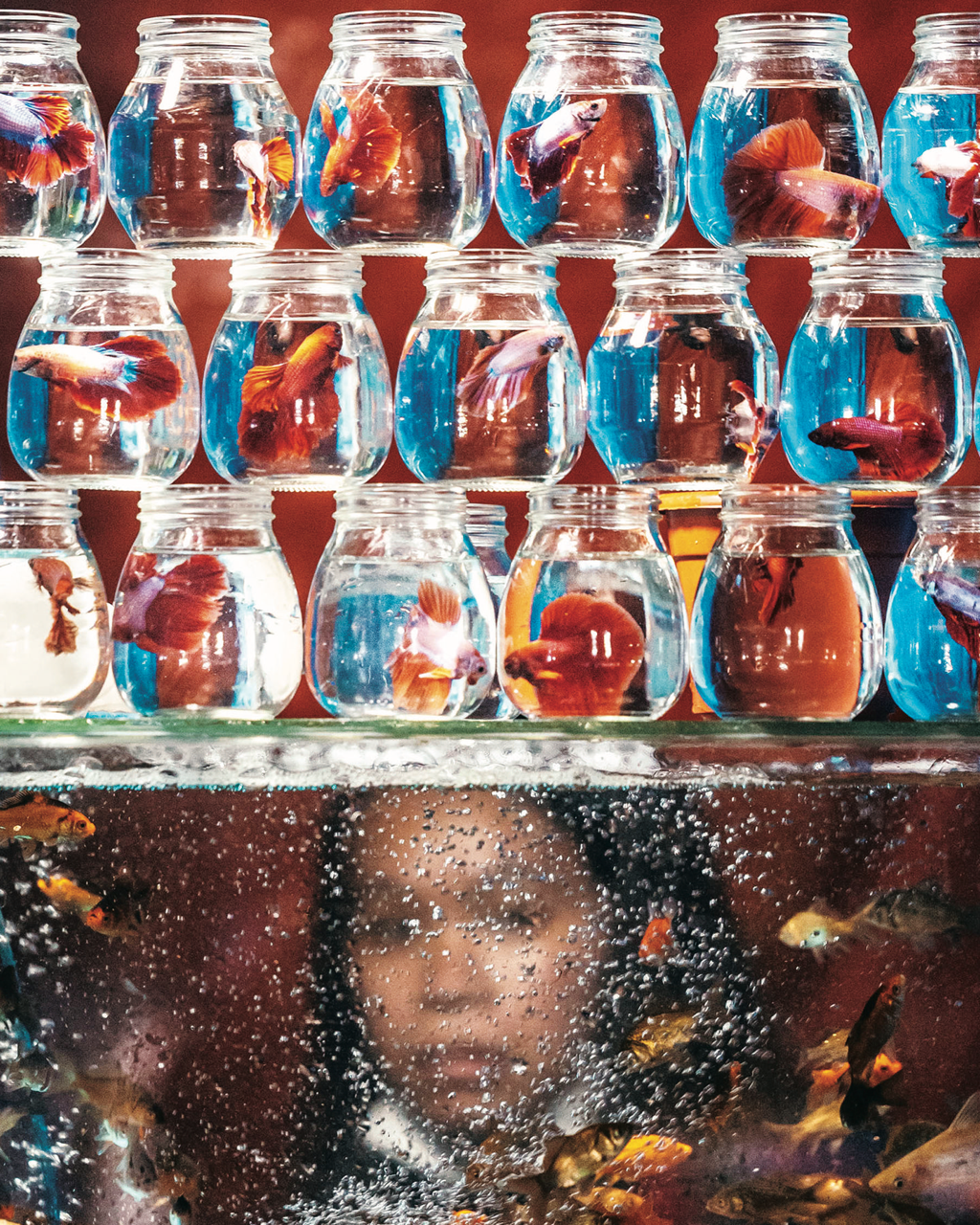Home is Where the Light Is
Written by Marz Aglipay
Photos courtesy of Fotomoto
Jilson Tiu at Fotomoto ‘22
Jilson Tiu is not one to shy away from looking out of place or braving rain to take a photograph. Be it the Feast of the Black Nazarene or any normal day, Tiu is that photographer who’s on the ground, giving us a feel of the city through his lens.
Tiu’s relationship with photography goes way back to his grade school days. “I didn’t know I was doing street photography. Back then, I was using a toy camera. Whenever my mother would tell me ‘o bili ka ng calamansi dito’ because I live in Divisoria, that’s where the sibuyasan, bawangan, bigas, dun ang bagsakan ng melon. I’d bring the camera and shoot and then have it developed at Agfa.” This fascination with photography carried over to his university days where he served as the chief photographer of University of Santo Tomas’ The Varsitarian.
He went on to start his professional career as an in-house photographer at a now defunct publishing arm owned by the Inquirer group of companies. There he would shoot commercial establishments and personalities until he transitioned to taking photographs that would land on the front page of the Philippine Daily Inquirer.
Working in print media laid the groundwork for his current role as an independent photographer. Now he works with news outfits like the Associated Press, Nikkei Asian Review, and CNN, to name a few. “As a photojournalist, I would constantly look at people, look at scenery, the movement of people, even if I am not on duty. Even if I don’t have a camera, I am thinking about how the light flows, how the people move, what’s the best angle,” Tiu says.
Most young photographers are often too shy to get close to their subjects, let alone be brave enough to take their camera out in the streets for fear of the elements, but not Tiu. His familiarity with the pulse of the city has undoubtedly armed him with street smarts and rapport with his subjects. Furthermore, it’s this quality about Tiu that keeps him grounded whenever he’s out gathering stories. His intimate knowledge of the city led him to focus on a quality that makes Metro Manila the city that it is—its density.
Capturing Density
Fotomoto ‘22
Tiu’s ongoing personal project is centered on capturing urban density. He photographs this subject masterfully despite it being the bane of every Metro Manila commuter. “[The project] started with my frustration with the commute system here in the Metro. It’s frustrating that you can’t book a Grab, di ba? It’s frustrating that you can’t go from one place to another quickly and you would plan out your day to just get to one or two places because of how dense the city is,” the photographer complains.
Tiu’s Fotomoto 22 Photo project exhibition, Going Home, featured photos that elicit the frustrations that Metro Manila commuters face from day to day. He translates his intention by the composition of his photographs. As such, he alludes to the quality of life in condominiums during the pandemic in “Everyone has a home.” And the photo “A long way home” uses the stillness of a taillight-lit EDSA contrasted by a lone man walking on a wide empty railway track—two motifs that underscore his interpretation of Fotomoto’s theme “Home,” or rather, things that keep us from getting home.
These photos are sharply evocative of the plight of the commuter as Tiu himself heavily relies on jeeps and trains to get around. These pictures resonate with thousands, and the reactions on Tiu’s Instagram are proof of this.
“Sometimes I would stay in the train station for a while just to take pictures and get the right composition that I want,” he says. Despite being a seasoned photographer, he, too, gets his share of mishaps, particularly when shooting inside Manila train stations—a location that has often landed him in hot water. “I have a lot of fights with guards in the MRT stations because apparently, it’s a private place. I’d ride the train going to the next station and go back again because if you stay long at the train station, the guards will really come after you,” Tiu adds.
Shooting from a cyclist’s perspective
(from left: “In Between”, “Metro Waves”, “Everyone has a home”)
Three years since the pandemic put a halt to the old-normal transportation routes, commuters are still adjusting to unreliable transportation infrastructures. New cyclists emerged from the pandemic as a result. Tiu recalls a chance encounter with fellow photojournalist Lisa Marie David, who was on her bike taking photos. He credits this as his inspiration to start taking photos on a bike.
Since then, cycling has become his primary mode of transport. “The bicycle showed me a different way to look at the city because some of these photos are not possible if I wasn’t riding a bike. It allows me to stop anywhere I want at a moment’s notice. Whenever I see a scene, I stop, take photos, and move on. Walking allows you to see things, but biking gives you a different perspective,” he says.
The angle from where he shoots also tells a story. Shooting from a footbridge, atop a building, or on the road while on his bike echoes the effort and thought he puts into his art.
Drawn to the light
“A long way home”
Even though using traffic and density as subjects may show the metro in a negative light, the project figures as an account of life in the city. He sees his future self still taking photos of Manila until the day traffic improves—a hope he and many share.
When asked about what keeps him motivated, he answers: “This is so cheesy, but the light compels me to go out. Whenever I see the ray of light from a window or any kind of light – even if it’s blue hour, rainy, ganyan – it compels me to shoot, to capture light as it is. Sometimes I find myself [asking], is this my home? Is the outdoors my home?
I kind of feel the sense of being at home doing photography, seeing life, chasing life. I like the adrenaline of taking photos, of seeing life unfold before me.
Photography is kind of my way of coping in life, making art in real life. Like seeing life as it passes by, as art, and I just capture the best things in that art form. Life as an art form. That’s photography for me.”
Jilson Tiu’s Going Home was among Fotomoto 22’s Photo project presentations at the Parola: UP Fine Arts Gallery. Fotomoto 22 continues this year in two more venues, at the BenCab Museum and at Orange Project in Bacolod—Tiu’s works may be exhibited again in the latter.
*Quotes have been edited for clarity and brevity.






